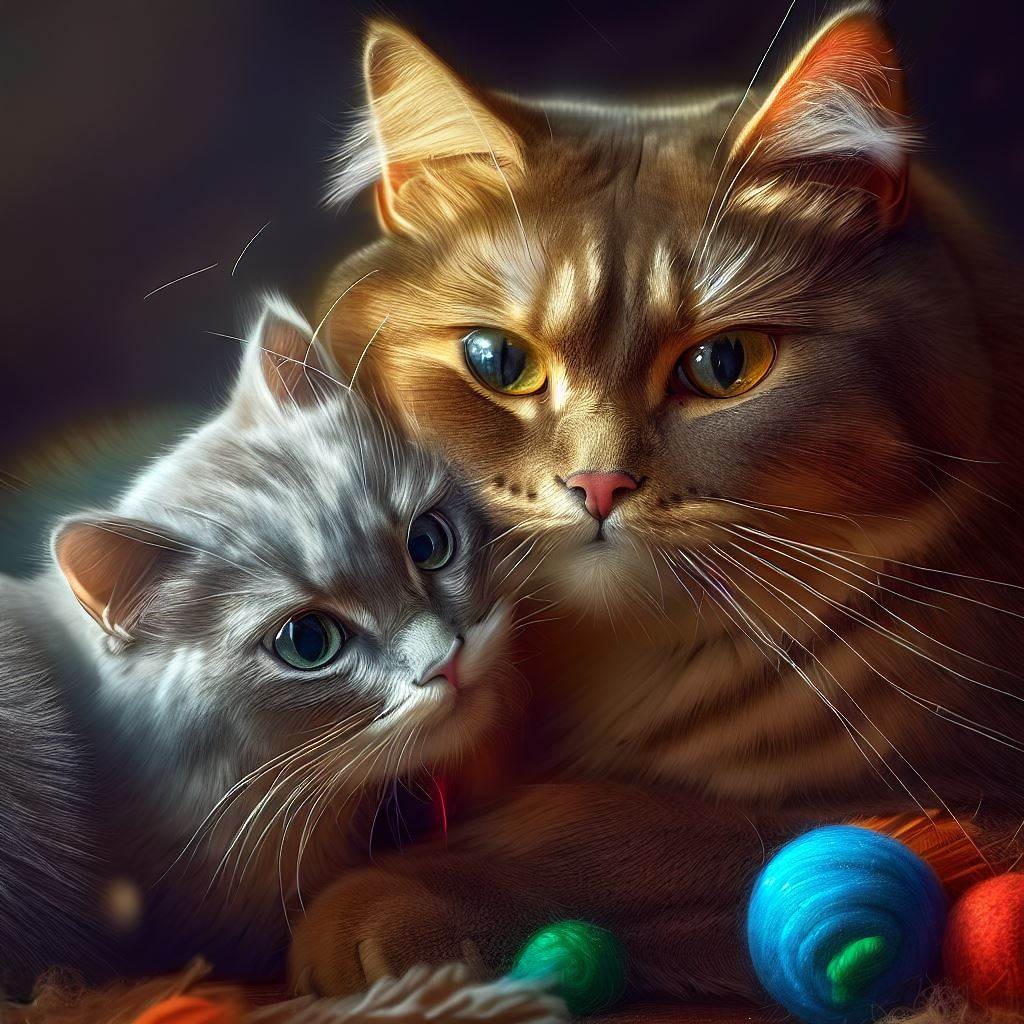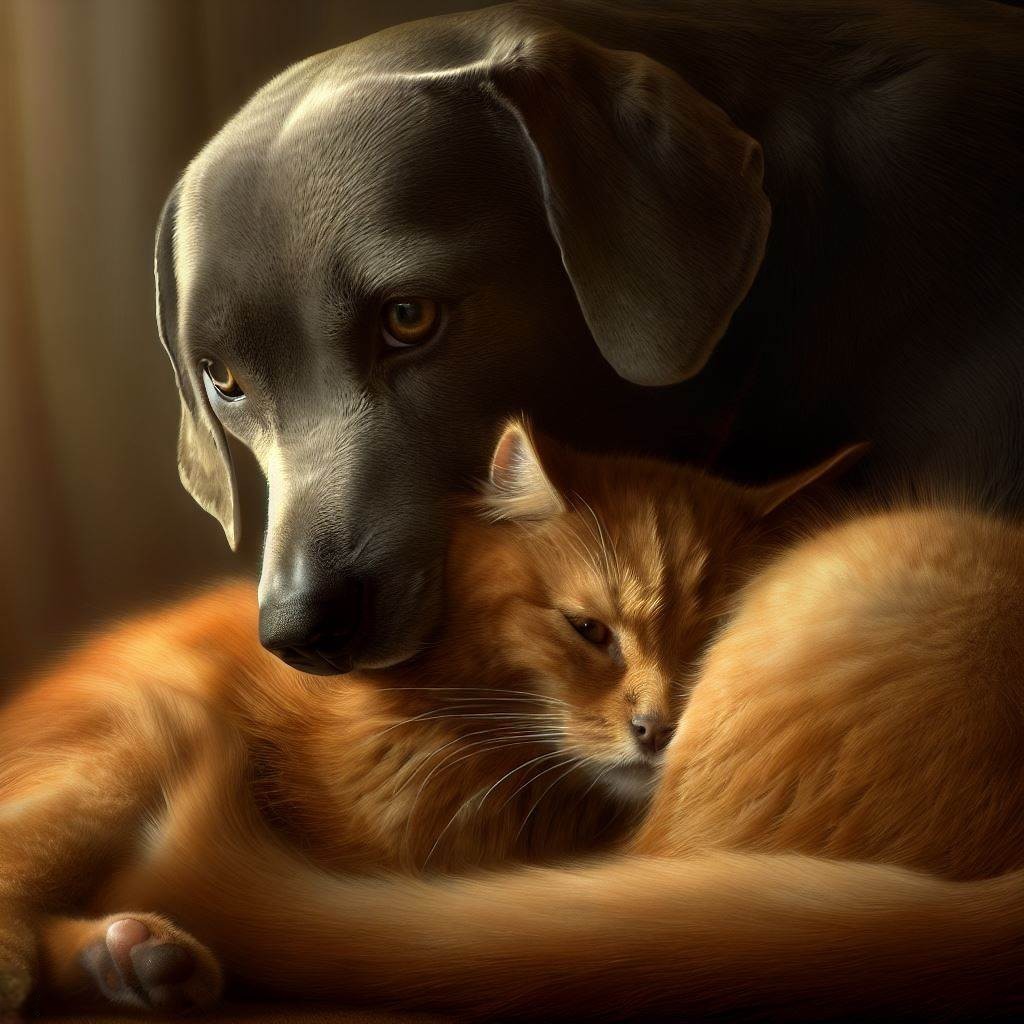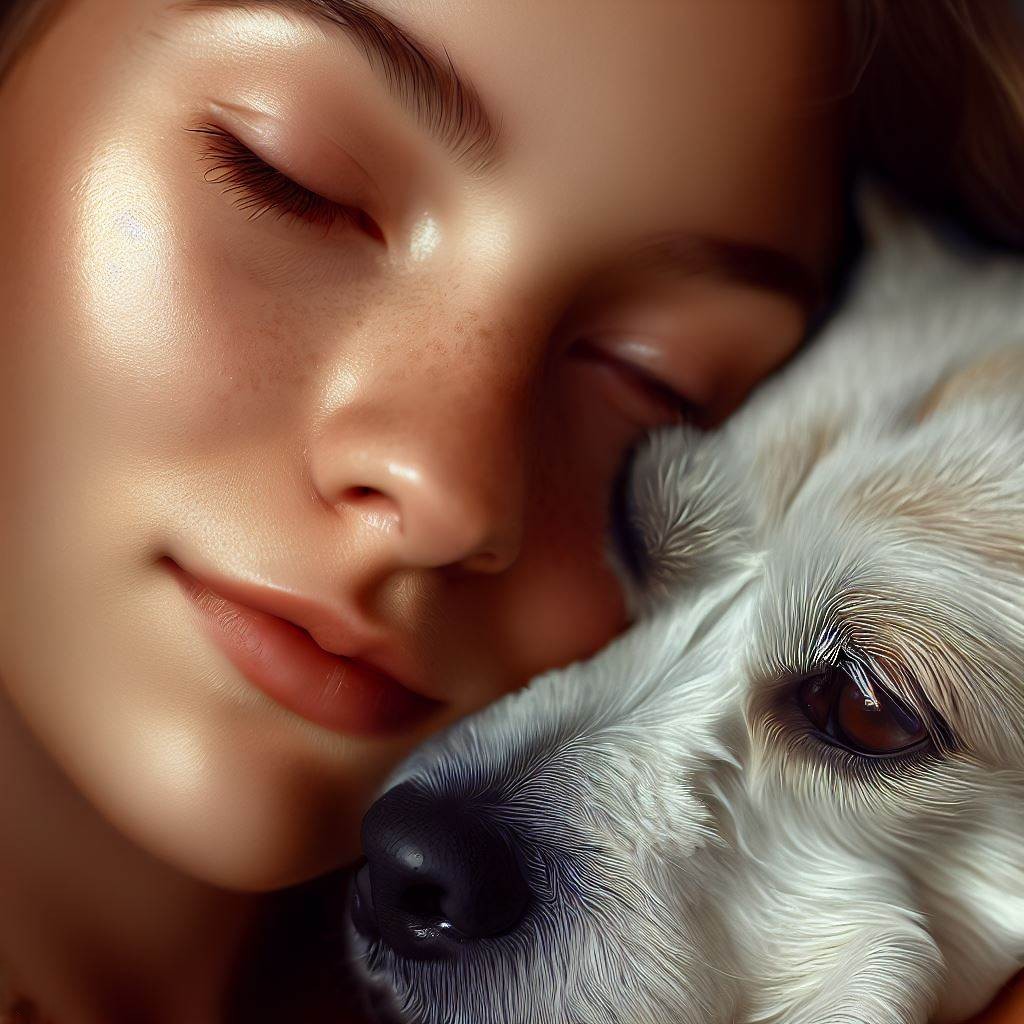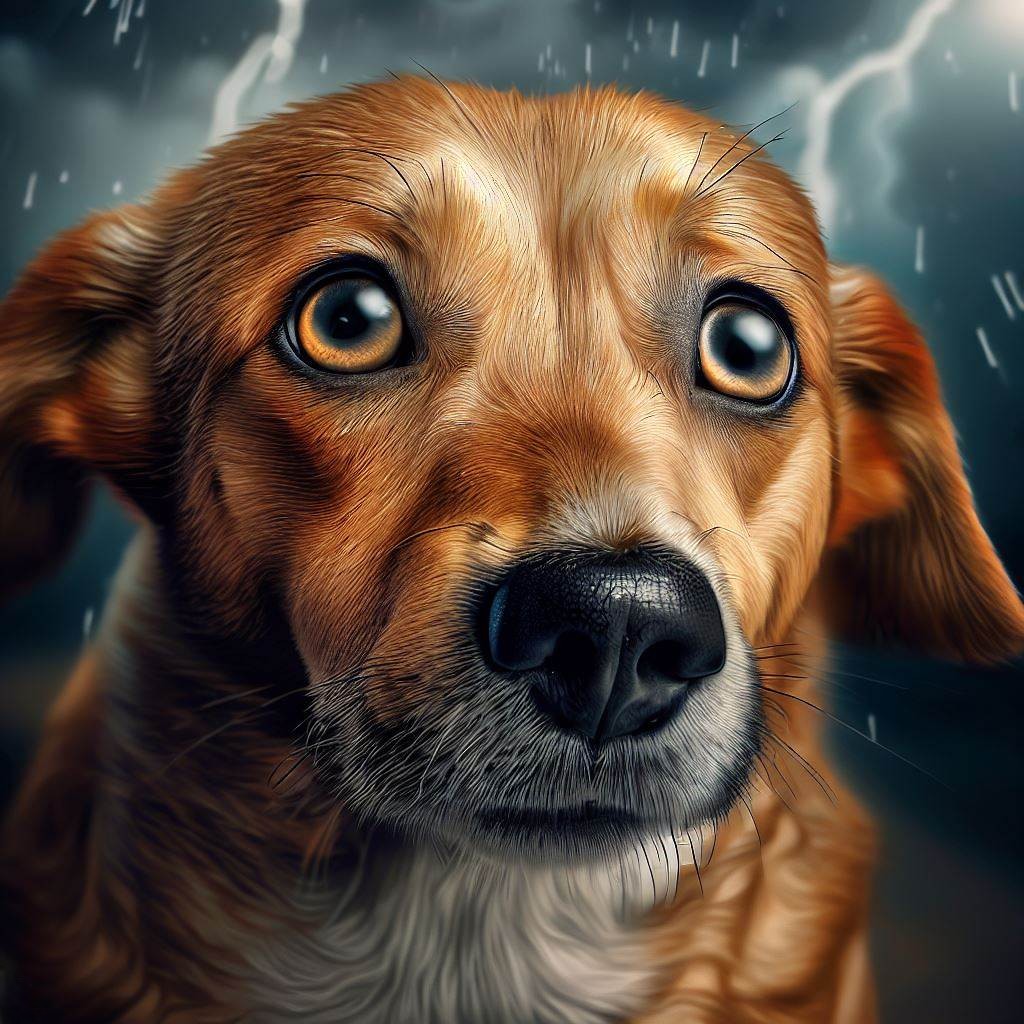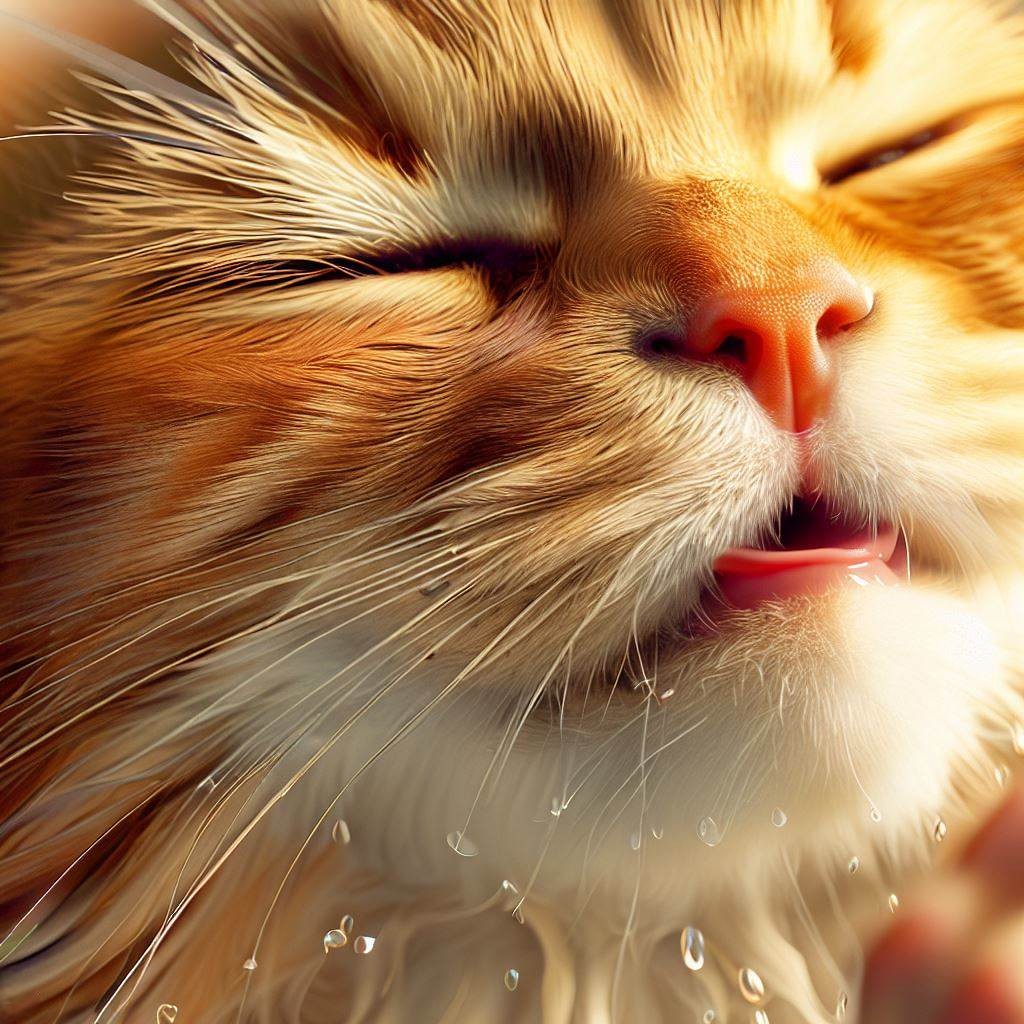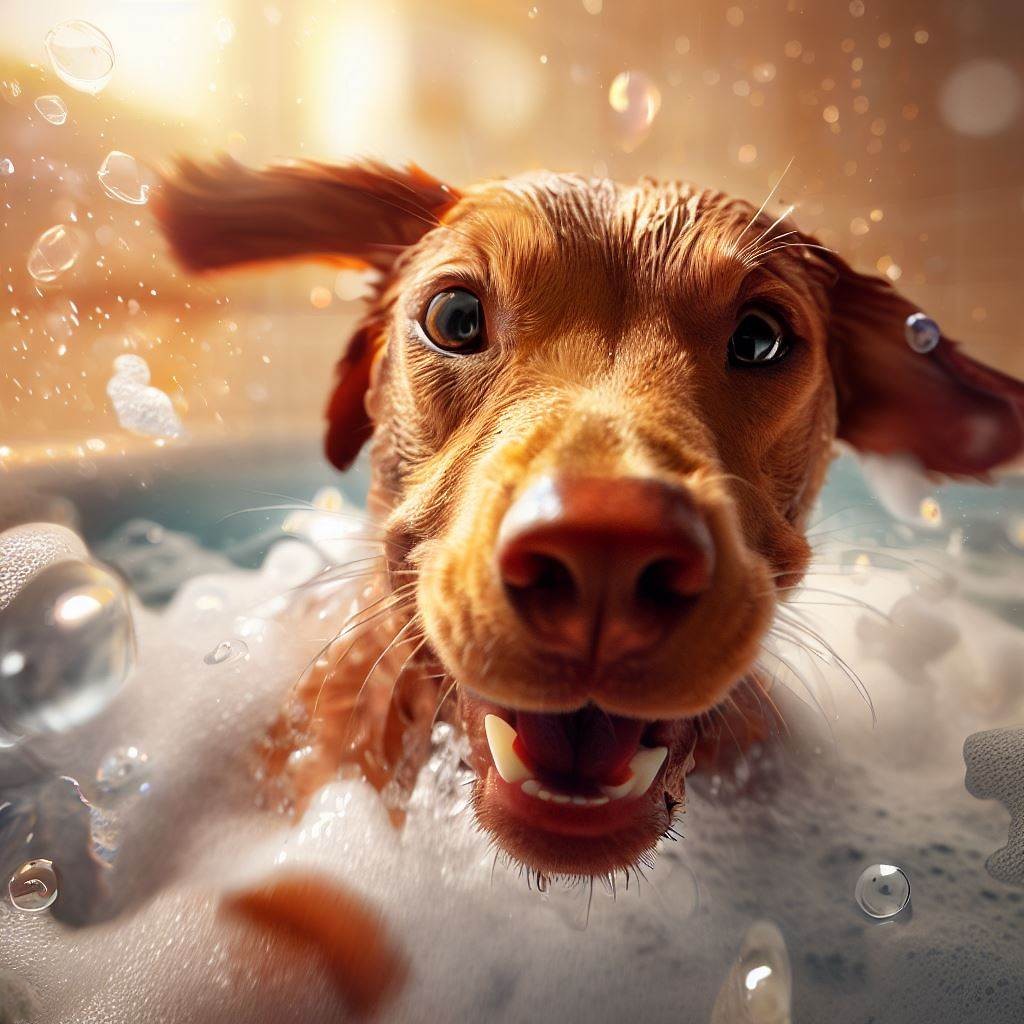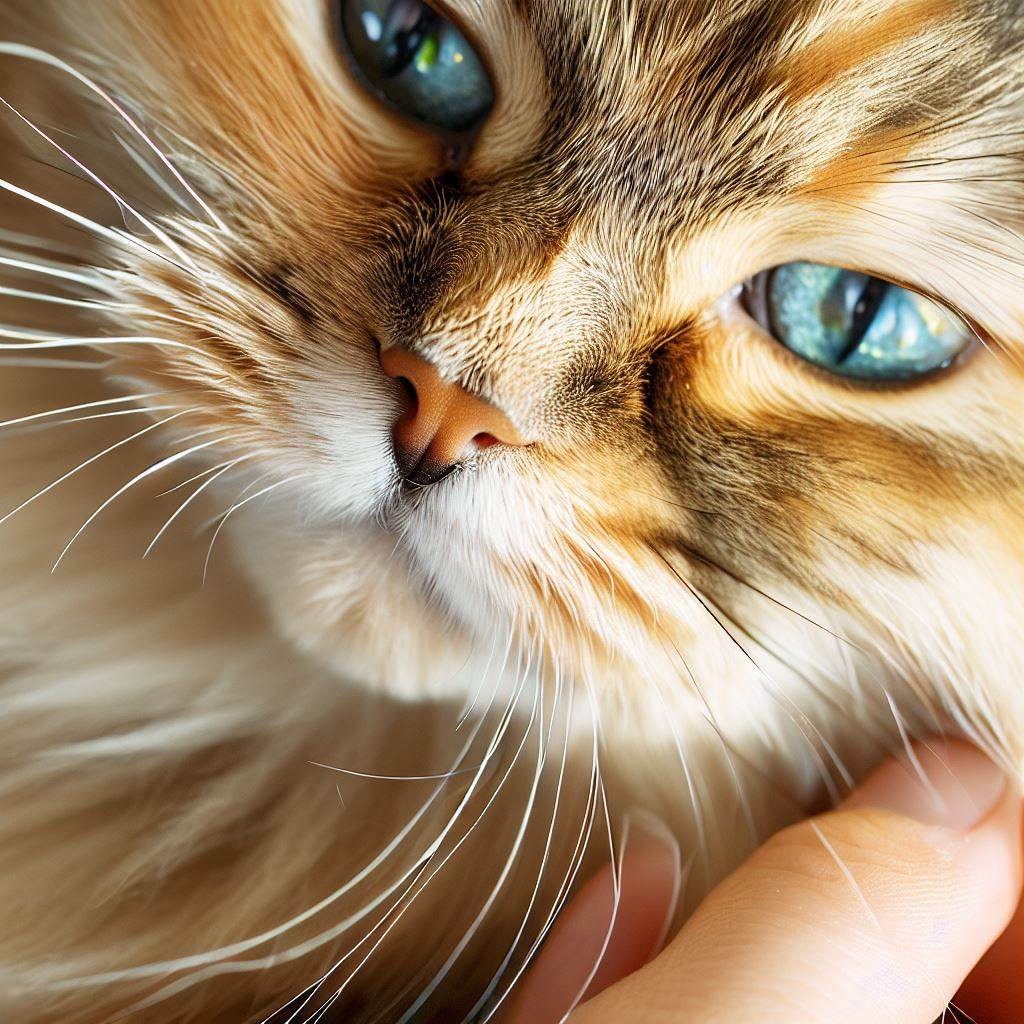The understanding that animals, much like humans, exhibit a spectrum of basic emotions has been a landmark revelation in the study of animal behavior. Previously, we associated limited and often singular emotions with specific behaviors of pets. A dog’s wagging tail implied happiness, a cat’s purring was equated with contentment, and fear was interpreted by tucked tails or withdrawn behavior. These cues, while accurate to some extent, reflect merely the tip of the emotional iceberg that our pets experience. Unveiling the full emotional range of pets allows us to understand them better and enhance our relationship with them.
Emotions and behaviors in animals are intertwined in a complex dance, each step reflecting the other’s influence. The emotion experienced by an animal is often expressed through its behavior, providing an observable manifestation of its internal state. Fear, joy, curiosity, and even anger – each emotion plays out through specific behaviors. For instance, a dog might growl and show its teeth in fear or a cat might display increased playfulness when joyful. These behaviors are more than mere reactions; they represent the emotional landscapes of our pets. As we learn to observe these behaviors and correlate them with different situations, we begin to decode the emotional language of our pets.
Emotions and behaviors in animals are intertwined in a complex dance, each step reflecting the other’s influence. The emotion experienced by an animal is often expressed through its behavior, providing an observable manifestation of its internal state. Fear, joy, curiosity, and even anger – each emotion plays out through specific behaviors. For instance, a dog might growl and show its teeth in fear or a cat might display increased playfulness when joyful. These behaviors are more than mere reactions; they represent the emotional landscapes of our pets. As we learn to observe these behaviors and correlate them with different situations, we begin to decode the emotional language of our pets.
We share our lives with them, our homes, and often, our favorite spot on the couch. Pets, those captivating creatures that add an abundance of joy and companionship to our existence, require a distinct set of care techniques, particularly in the realm of grooming. Far from an act of vanity, grooming is essential for our pet’s wellbeing, an intimate bond that deepens our connection with them. This guide will take you on a comprehensive journey, offering expert advice on keeping your pet clean and healthy, regardless of species or breed.
The understanding that animals, much like humans, exhibit a spectrum of basic emotions has been a landmark revelation in the study of animal behavior. Previously, we associated limited and often singular emotions with specific behaviors of pets. A dog’s wagging tail implied happiness, a cat’s purring was equated with contentment, and fear was interpreted by tucked tails or withdrawn behavior. These cues, while accurate to some extent, reflect merely the tip of the emotional iceberg that our pets experience. Unveiling the full emotional range of pets allows us to understand them better and enhance our relationship with them.
The understanding that animals, much like humans, exhibit a spectrum of basic emotions has been a landmark revelation in the study of animal behavior. Previously, we associated limited and often singular emotions with specific behaviors of pets. A dog’s wagging tail implied happiness, a cat’s purring was equated with contentment, and fear was interpreted by tucked tails or withdrawn behavior. These cues, while accurate to some extent, reflect merely the tip of the emotional iceberg that our pets experience. Unveiling the full emotional range of pets allows us to understand them better and enhance our relationship with them.
The understanding that animals, much like humans, exhibit a spectrum of basic emotions has been a landmark revelation in the study of animal behavior. Previously, we associated limited and often singular emotions with specific behaviors of pets. A dog’s wagging tail implied happiness, a cat’s purring was equated with contentment, and fear was interpreted by tucked tails or withdrawn behavior. These cues, while accurate to some extent, reflect merely the tip of the emotional iceberg that our pets experience. Unveiling the full emotional range of pets allows us to understand them better and enhance our relationship with them.
We share our lives with them, our homes, and often, our favorite spot on the couch. Pets, those captivating creatures that add an abundance of joy and companionship to our existence, require a distinct set of care techniques, particularly in the realm of grooming. Far from an act of vanity, grooming is essential for our pet’s wellbeing, an intimate bond that deepens our connection with them. This guide will take you on a comprehensive journey, offering expert advice on keeping your pet clean and healthy, regardless of species or breed.
We share our lives with them, our homes, and often, our favorite spot on the couch. Pets, those captivating creatures that add an abundance of joy and companionship to our existence, require a distinct set of care techniques, particularly in the realm of grooming. Far from an act of vanity, grooming is essential for our pet’s wellbeing, an intimate bond that deepens our connection with them. This guide will take you on a comprehensive journey, offering expert advice on keeping your pet clean and healthy, regardless of species or breed.
We share our lives with them, our homes, and often, our favorite spot on the couch. Pets, those captivating creatures that add an abundance of joy and companionship to our existence, require a distinct set of care techniques, particularly in the realm of grooming. Far from an act of vanity, grooming is essential for our pet’s wellbeing, an intimate bond that deepens our connection with them. This guide will take you on a comprehensive journey, offering expert advice on keeping your pet clean and healthy, regardless of species or breed.


